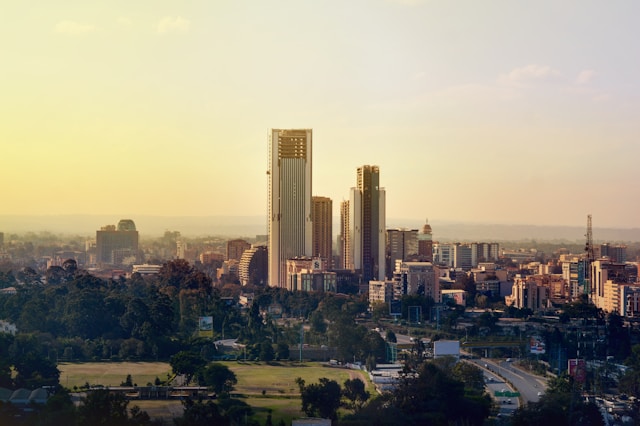Insights into maintaining stability, adaptability, and informed decision-making when the operating landscape shifts without warning
Kenya is witnessing a wave of nationwide protests that disrupted urban life, strained security resources, and impacted communication infrastructure. These demonstrations — centered in Nairobi and extending to Kisumu, Mombasa, Nakuru and other cities — unfolded rapidly, catching many observers by surprise in both their scale and intensity. The unrest has drawn attention not only for its immediate impact on daily operations but also for the underlying social and economic tensions that continue to shape the country’s environment.
What triggered the June 25 protests?
The protests were primarily driven by public reaction to the death of 31-year-old blogger and activist, Albert Ojwang, under police custody. His death, widely shared and discussed on Kenyan social media, reignited long-standing concerns about police accountability and the treatment of detainees. Adding to this was the symbolic timing: June 25 marked one year since large-scale demonstrations in 2024 over controversial finance legislation that had proposed new taxes on essential goods and digital services. Though the 2024 tax measures were later revised, they left a lingering sense of economic strain and distrust in parts of the population. The convergence of ongoing economic hardship, concerns over youth unemployment, and the influence of social media mobilization, particularly among younger Kenyans, created conditions ripe for a coordinated public outcry. The death of Ojwang became a focal point for broader frustrations.
How the events unfolded
On June 25, protestors assembled in multiple cities, with the largest gatherings in central Nairobi. Demonstrations were largely organized in social media, with many participants under 35 years of age. In several areas, police responded with crowd control tactics including tear gas and arrests. Casualty reports varied: some local organizations cited at least eight deaths, while others reported higher figures. Later in the day, authorities restricted live TV, and access to certain digital platforms, including encrypted messaging services. These restrictions affected how both the public and organizations tracked the unfolding situation in real time. Public transport was partially suspended, roads leading to government buildings and key infrastructure were cordoned off, and commercial activity slowed significantly in affected zones.
Planning for future disruptions
For organizations working in Kenya, the June 2025 events illustrate the importance of adaptive risk awareness. Although Kenya remains generally safe for business and travel, localized disruptions can emerge with limited warning, especially in urban centers.
Key takeaways include:
-
The need for diversified communication channels, especially during media restrictions
-
Preparedness for staff movement constraints, curfews, or transit delays
-
Importance of monitoring social trends and local narratives, not just official briefings
-
Value in maintaining liaison with local contacts and regional partners for real-time updates
While the protests have since subsided and a degree of normalcy has returned to major cities, developments in Kenya will continue to be monitored in the coming weeks as stakeholders assess both the immediate impact and potential longer-term implications.
The June 2025 protests in Kenya were a significant national event, rooted in both an immediate incident and broader social dynamics. While calm has returned to most areas, the situation underlined how quickly the operating environment in even a stable country can shift. For any organization active in the region this serves as a reminder that preparedness and local insight remain vital components of operational resilience.
Are you interested in real-time insights on Kenya and the region?
At ACK3, our 24/7 Security Operations Center (SOC) delivers continuous Zone Awareness Updates to help you stay ahead of emerging risks and disruptions.







